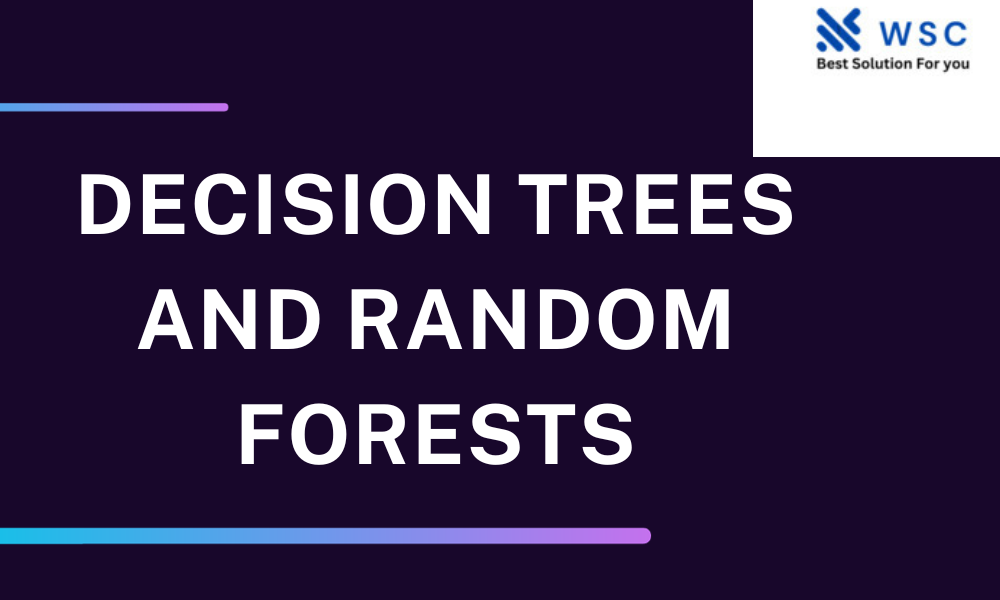Understanding Decision Trees
Decision Trees and Random Forests are a fundamental machine learning algorithm used for both classification and regression tasks. They work by recursively splitting the dataset into subsets based on the most significant attribute, creating a tree-like structure of decisions.
The Power of Random Forests
Random Forests take decision trees to the next level by building multiple trees and combining their predictions. This ensemble method enhances accuracy and reduces overfitting, making it a popular choice for many applications.
Implementing Decision Trees in Python
# Importing the necessary libraries
from sklearn import datasets
from sklearn.tree import DecisionTreeClassifier
from sklearn.model_selection import train_test_split
from sklearn.metrics import accuracy_score
# Load a sample dataset (Iris dataset in this example)
iris = datasets.load_iris()
X = iris.data
y = iris.target
# Split the dataset into training and testing sets
X_train, X_test, y_train, y_test = train_test_split(X, y, test_size=0.3, random_state=42)
# Create a Decision Tree classifier
clf = DecisionTreeClassifier()
# Train the classifier on the training data
clf.fit(X_train, y_train)
# Make predictions on the test data
y_pred = clf.predict(X_test)
# Calculate accuracy
accuracy = accuracy_score(y_test, y_pred)
print(f"Accuracy: {accuracy}")
Building a Random Forest
# Import the Random Forest classifier
from sklearn.ensemble import RandomForestClassifier
# Create a Random Forest classifier with 100 trees
rf_clf = RandomForestClassifier(n_estimators=100, random_state=42)
# Train the Random Forest on the same training data
rf_clf.fit(X_train, y_train)
# Make predictions on the test data
rf_y_pred = rf_clf.predict(X_test)
# Calculate accuracy
rf_accuracy = accuracy_score(y_test, rf_y_pred)
print(f"Random Forest Accuracy: {rf_accuracy}")
Choosing the Right Model
When working on a machine learning problem, it’s essential to evaluate the performance of different models. Decision trees and random forest have their strengths and weaknesses, so choosing the right one depends on your specific problem and dataset.
Further Learning
To become proficient in decision trees and random forests, practice on various datasets, and explore hyperparameter tuning to optimize model performance. Additionally, consider learning about feature selection and interpretability techniques to gain deeper insights from these models.
In the realm of machine learning, mastering decision is a valuable asset. These versatile algorithms offer a structured approach to solving classification and regression problems. Decision trees provide transparency and insights into individual decisions, while random forests excel in improving accuracy and generalization.
As you embark on your journey to harness the power of decision trees and random forest, remember that choosing the right model depends on the nature of your data and your problem’s requirements. Don’t hesitate to explore various datasets, fine-tune hyperparameters, and delve into feature selection techniques to optimize your models further.
Check our tools website Word count
Check our tools website check More tutorial




